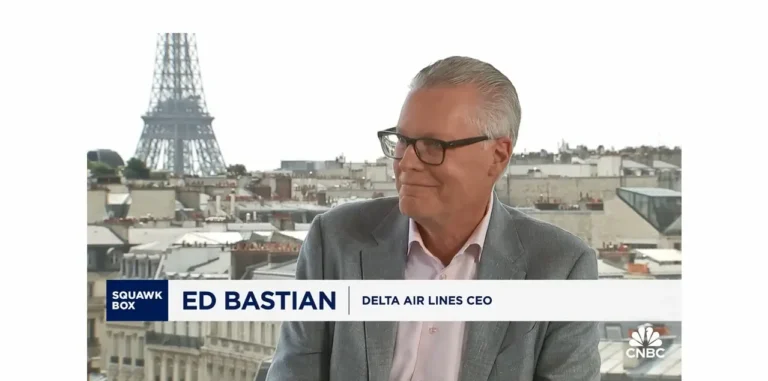ESG’s ‘Make-or-Break Moment’ and What Communicators Can Do
It’s time to show where your organization is making progress — and where it isn’t
Environmental, Social and Governance investing is getting beaten up on all sides.
On one side are investors and consumers who support ESG’s goals but question whether the movement is changing anything. On the other side are some Republican politicians and investment experts claiming — it is.
Can they both be right? Welcome to the contradictory and complicated world of ESG.
In the middle of this crisis, communicators must lead, using the techniques of reporting and storytelling. Show (don’t tell) your many audiences how your organization is living up to its ESG promises. And if not, why not?
ESG is in a “make-or-break moment,” Ernst & Young said in a report last month. The problem is “a lack of standardization, regulation, and common purpose and values.”
That same month, PriceWaterhouseCoopers called it a “critical moment,” and in March Deloitte proclaimed a “pivotal moment.” KPMG has also called for change, but doesn’t expect a “big bang moment” that would bring clarity to the ESG universe.
What’s next, the leaders of the Big Four accounting firms singing along to Kelly Clarkson’s “A Moment Like This?”
Here are five ways to help steer your organizations out of this mess.
1. Don’t focus on ratings. Intended to be part of the solution, those ESG scorecards are part of the problem. “A lack of reliability, comparability and transparency in what is being measured produce too much noise to provide accurate signals,” according to one installment in “A Broken Idea: ESG Investing,” an eight-part report published this month in The Economist.
Not only are the ratings wobbly, but they also suffer from rampant grade inflation, which is why companies love them. Those letter grades give the false impression that all companies are the same and everyone is making progress.
2. Find facts to tell stories. In the midst of this confusion, go beyond the ratings to tell stories of what your organization is actually doing. Don’t ignore the ratings, which are an important checklist item. But take the data used to obtain those ratings to create stories that employees, customers, the public and, yes, investors, will remember.
“It’s not enough to just analyze data; you need to know how to communicate the story it tells in a clear, compelling manner,” Catherine Cote, wrote last year in a post on Harvard Business School Online.
3. Concentrate on Employees. Amid the controversy over ESG ratings, there’s one source of statistics where there’s no dispute about accuracy: EEO-1 reports filed with the U.S. Equal Employment Opportunity Commission by companies with at least 100 workers.
These reports are not public records. But the number of S&P 100 companies that release EEO-1 Reports has climbed from 14 to 85 since 2000, according to a March 31, 2022, news release by the New York City Comptroller’s Office, which has pushed for greater disclosure.
But even if your organization doesn’t disclose its EEO-1 data, use what you can get. The percentage of the 1,000 largest companies in the U.S. that disclose some type of racial or ethnic workforce data rose to 55% in September 2021, up from 32% in January 2021, according to a report by the nonprofit JUST Capital.
Use the data to show how your organization is doing on hiring and promotion. But be candid about where the organization is falling short and how it plans to improve.
4. Create your own stats. Almost every major company has tucked something about the greater good into their mission statement. Some of those activities for the public good are measured, like reducing energy usage. But others are not, or not measured with the same rigor as finances. One example is employee volunteer programs that companies love to tout.
“If corporate purpose is to be more than window dressing and deliver on the promise of an engaged, motivated workforce and more loyal customers, companies must develop a capacity that is still lagging for most: They must be able to accurately assess the results of executing their purpose-driven strategy,” Christian Busch and Lisa Hehenberger wrote last month in the MIT/Sloan Management Review.
With data, you can turn a self-congratulating piece of fluff into a persuasive story demonstrating how your company is fulfilling its corporate purpose. But the data has to be solid, showing the scale of the program compared to the size of the organization; the quantitative outcomes, such as the number of people helped; and the qualitative results, such as how lives were changed.,
5. Look in the mirror. Nearly 60% of executives say their organization is guilty of greenwashing, according to a survey of 1,491 executives in 16 countries conducted by The Harris Poll. The traditional public relations approach of spinning everything doesn’t work with ESG. It leads to the “pat-ourselves-on-the-back” messages that turn off consumers and investors, especially younger ones.
ESG requires a different communications strategy: one that focuses on what our audiences want to know, not on what we want to tell them. That grounds all communications in facts and not promises. It is a strategy that is willing to hold the company accountable because our stakeholders are already doing so. We call our version of this strategy brand journalism.
Despite the current controversies, the principles underlying ESG aren’t some fad, a group at McKinsey & Co. led by Senior Partner Lucy Peréz wrote this month.
“Names will come and go (ESG itself arose after CSR, corporate engagement and similar terms), and these undertakings are by nature difficult and can mature only after many iterations,” they wrote. “But we believe that the importance of the underlying ideas has not peaked.”
Is your organization willing to bet it has?
Tom Corfman is an attorney and senior consultant with Ragan Consulting Group where he leads the ESG practice.
Contact our client team to learn more about how we can help you with your communications. Follow RCG on LinkedIn and subscribe to our weekly newsletter here.







